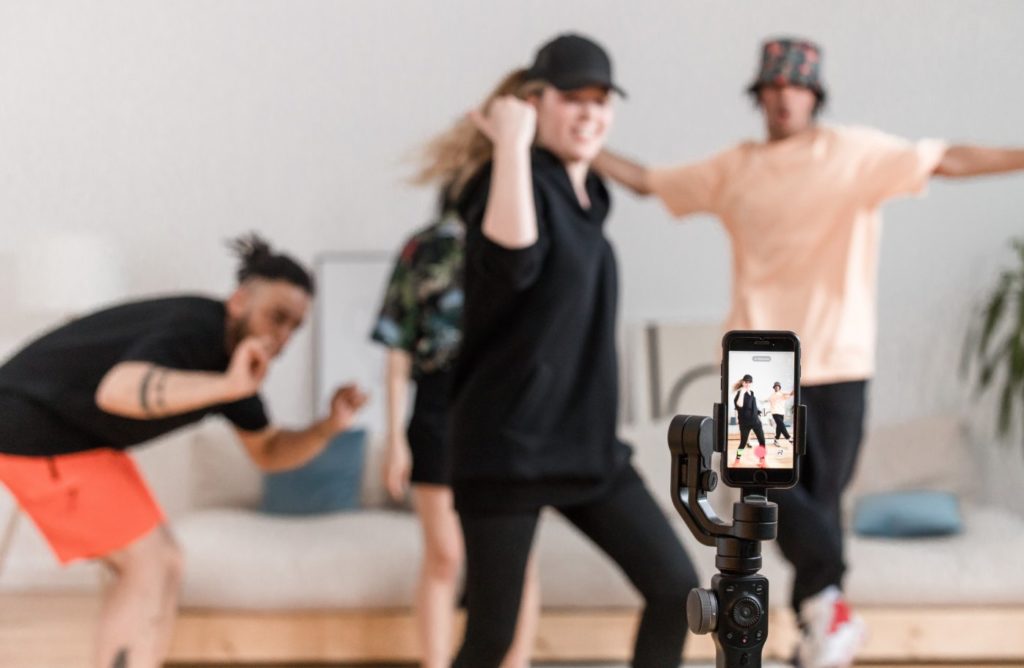
Date: 25 November 2021 Author: Energise Me
Earlier this year we launched the Me & Activity report, showing how young people’s activity habits had changed in response to the pandemic. Here, Emma takes a look at whether all things digital are really the best way to engage Generation Z.

The Me & Activity report shares the findings of a survey of 151 young people and two focus groups. It recommends that organisations working to support young people to be physically active should:
For more information, the recommendations are found on pages 26 and 27 of the report.
In this blog, we’ll look at recommendation 2, our experiences of ‘digital’ in 2021, and some ideas and practical tips for youth workers, sports clubs, leisure centres – or anyone else supporting young people to be physically active.
If you’re anything like me (very firmly in the “Millennial” camp) you still refer to “going online”. But over the last eighteen months it has felt like I’m never offline! I’ve used Teams & Zoom for meetings, I’ve done online exercise classes, we’ve held consultation events and training online… even our Christmas party was on Zoom . Thankfully with real cake.
And for the most part, it’s worked. I’ve met new people, launched new projects, and taken part in our Investing in Communities project that has awarded funding to 37 different organisations to help people be physically active online, in person and in “socially distanced” ways. But. I miss 3D people!!
And young people do, too.
The Me & Activity report shows that, even though 31% of young people surveyed said they would like more digital ways of moving, 42% said they were happy with what was already available. And when young people were asked about the future, their hopes and plans, they nearly all talked about doing it in person.
So, what does all this mean for your activity? The key lies with your participants, so definitely ask them. But most young people want an in-person offer. If you’re worried about future lockdowns, or how to run sessions when staff and participants are isolating, then here are some ideas:
Here are some ways that our Energise YOUth partners have used digital over the last year:
If you’ve got any ideas for unusual ways to engage young people using technology and social media, we’d love to hear about them. We run regular Energise YOUth network calls to share our challenges and successes in supporting young people to be physically active.
